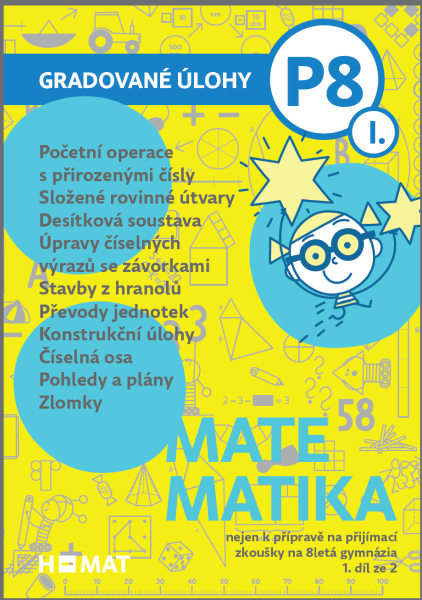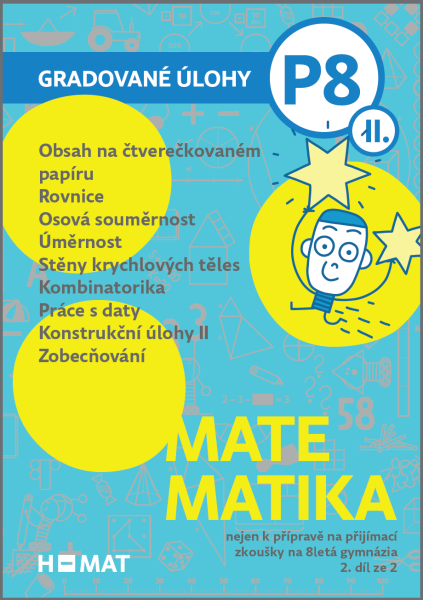An environment contains a sequence of connected problems revolving around the same theme. A variety of mathematical phenomena are present in the problems. Each environment also offers problems that incorporate several mathematical phenomena at once. The problems encourage experimentation and discovery.

An environment contains a sequence of connected problems revolving around the same theme. A variety of mathematical phenomena are present in the problems. Each environment also offers problems that incorporate several mathematical phenomena at once. The problems encourage experimentation and discovery.
Pupils encounter each mathematical phenomenon frequently, in different contexts, in different environments, and at a different level of difficulty, which is adjustable to individual pupil’s needs. This enables each pupil to find their own way towards a good understanding of mathematics.
Working in environments also increases children’s motivation to work. Pupils find the themes of the environments attractive. Typically, they perceive the endeavor as play rather than serious work. They do not even notice how many individual exercises they have solved while experimenting. This does not commonly occur when completing exercises in traditional mathematics textbooks because these consist of problems of a similar type and are suitable for training memory.
Most problems in our textbooks encourage pupils’ creative activity. Children are actively engaged, and can experience a feeling of satisfaction with their own work. Diverse and multifaceted problems at an appropriate level of difficulty become fun challenges: they stimulate and cultivate the desire to figure something out, to discover something, to learn something.
Some environments build directly on children’s experience of the real world – for instance, the Stepping, Staircase, Family, and Bus environments. Others employ activities that children enjoy doing – solving anagrams, brainteasers, crossword puzzles, playing games – for example, verbal arithmetic puzzle, Spiderwebs, Snakes, Addition Triangles, Multiplication Squares, Neighbors, Father Woodland’s Animals, Arrow Diagrams, ”I’m thinking of a number”, Coloured Triplets, and Imp Numbers.
Whether we perceive an environment as experience or as play, the most important thing is that it is intimately familiar and simple, like, for instance, building with blocks. More likely than not, all of us experienced this activity in our childhood. Building with blocks can be further expanded on through the Building Blocks environment, and this particular kind of activity-play can be used for calculating the volume or surface of cubes.
Pupils get to know the themes of individual environments through simple problems. These problems gradually increase in complexity and each environment gets richer and richer. Children work in the environments repeatedly, gaining confidence, and letting go of their fear of mathematics, as they discuss and revise their ideas with their peers.
An unquestionable advantage of working in a familiar environment is formulating problems in a plain and concise manner. The role of the teacher shifts from a wisdom-holder to a problem-presenter and class-work manager. It is the pupils who are centre stage.

 Doporučujeme: Dvoudílná série "Gradované úlohy nejen k přípravě na přijímací zkoušky na 8letá gymnázia." Publikace jsou vhodné i jako doplněk běžné výuky, když dítě není učené Hejného metodou. Tištěné verze koupíte na www.h-ucebnice.cz. Elektronickou verzi přes www.h-edu.cz.
Doporučujeme: Dvoudílná série "Gradované úlohy nejen k přípravě na přijímací zkoušky na 8letá gymnázia." Publikace jsou vhodné i jako doplněk běžné výuky, když dítě není učené Hejného metodou. Tištěné verze koupíte na www.h-ucebnice.cz. Elektronickou verzi přes www.h-edu.cz.